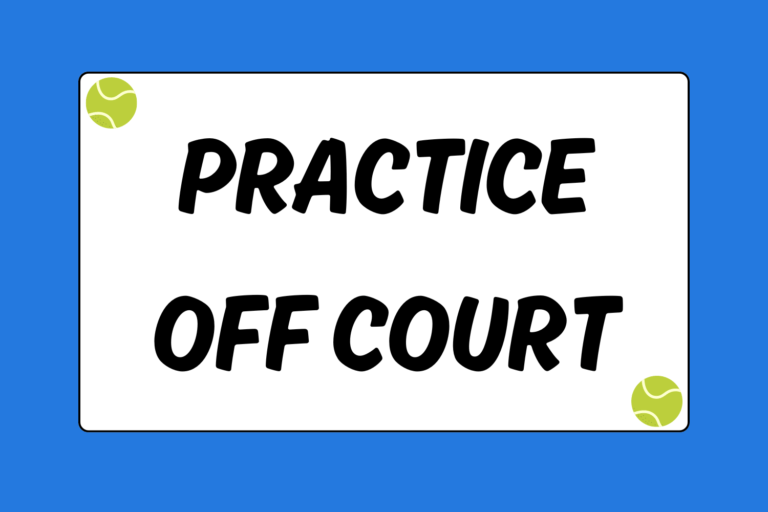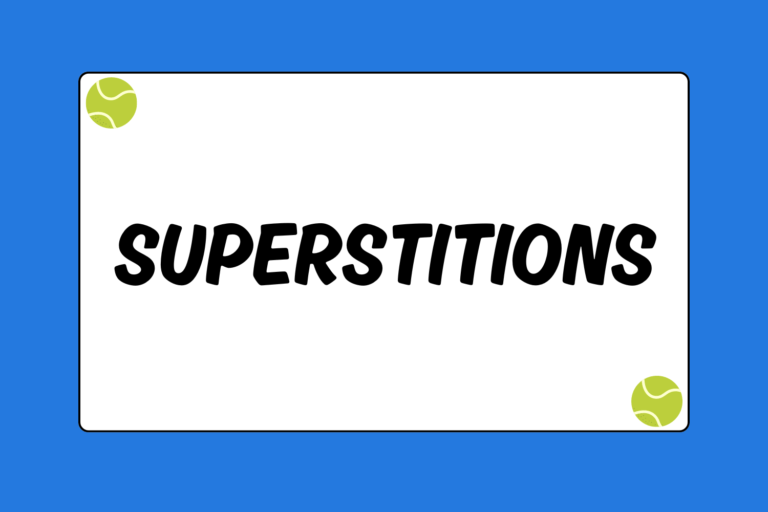Most people, children included, feel pressured to succeed. Failure is often looked down upon, while victors soak up the limelight. A tough loss in tennis can sometimes pull a player into a month-long hiatus while their confidence dwindles.
But, failure is also a great building block — especially for young players. In fact, most expert coaches suggest that players enroll in tournaments that they have little chance of winning, simply so they can raise their expectation levels and stay motivated. Whether you’re a player or parent, this guide provides strategies that teach young players how to succeed.
Challenge Them
Nobody wants to walk off of the court with a big goose egg on their side of the scorecard, but you can learn a lot more from a loss than a win. A tough loss challenges you to assess your game, work on improving, and then apply your coaching to a match situation. Because the talent pool can be somewhat shallow at a young age, most gifted young players tend to breeze through their competitions.
But, piling up win after win generally doesn’t encourage young players to reflect on their strengths, shortcomings, and overall play. Instead, they can get by on their talent alone and lose their sense of motivation.
Young players should taste success, but they should also stay hungry for new challenges. Hit with players that could likely beat you, and compete in tournaments that are above your skill level or age group. Winning two out of every three matches should give a young player confidence, but the occasional loss should also motivate the player to make improvements.
Set Goals
Winning a tennis match is a universal goal for most players, but there are other ways to succeed aside from thumping your opponent. In fact, wins can be deceptive for a young player. Since youngsters sometimes have an easy time stacking up victories, you might need to establish another route to success. Even if you’ve never won a match before, simply enrolling in a tournament for the first time is an achievement.
Analyze your game and note the improvements that you want to make. Here are some examples of goals to set:
- Increase your first serve percentage to 60 percent.
- Work on your crosscourt serve returns.
- Improve your overhead smash.
- Sign up for two tennis tournaments per month.
Not only will you notice improvements on a match-to-match basis, but you’ll also be able to focus on small victories. Simply increasing how often you play tennis is commendable, and recognizing these progressions teaches you to not dwell solely on the outcome of a match.
Hot Tip: Bring a Notebook
Taking notes before, during, and after practices and matches helps you track your progress. It might sound painstaking, but you’ll have tangible evidence of your progress. Additionally, you can find unknown weakness in your game and review your notes with your coach. To learn more about jotting down match information, check out our guide on How to Take Notes in Tennis.
Don’t Hold Back
Most people can relate to the fear of failure, but it’s extremely difficult to play your best tennis when you’re tense. Keep in mind that you’ll benefit far more from taking full swings and using the techniques you’ve practiced than from pushing the ball and swinging nervously. Many young players commit this exact mistake: They practice with a coach, fine-tune their swing, work on the fundamentals, but then alter their techniques during a match because of the amplified pressure. You’ll progress much more as a player if you play exactly how you practice, rather than playing apprehensively.
Small Steps to Success
Even the best professional tennis players in the world tussle with failure before they reach the top, and even then they often suffer major setbacks. While you don’t want to dwell on your losses, avoid basking in your victories. Instead, set personal goals and focus on making improvements from one match to the next.





